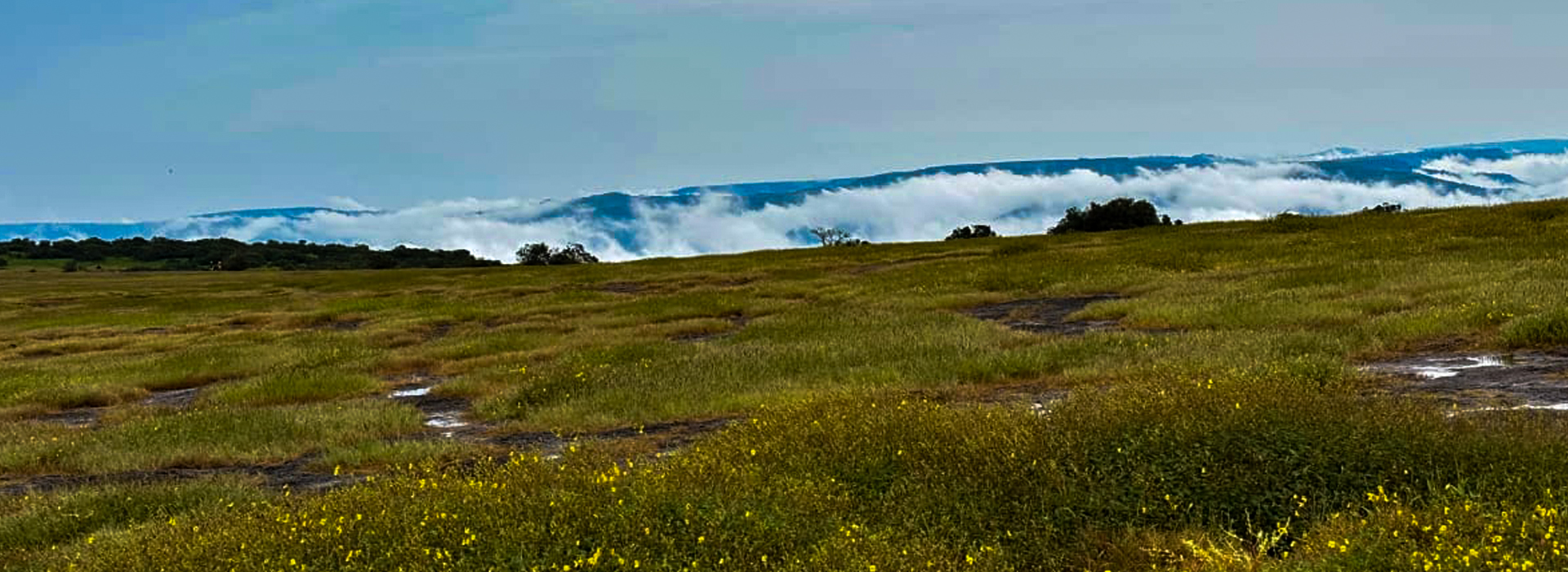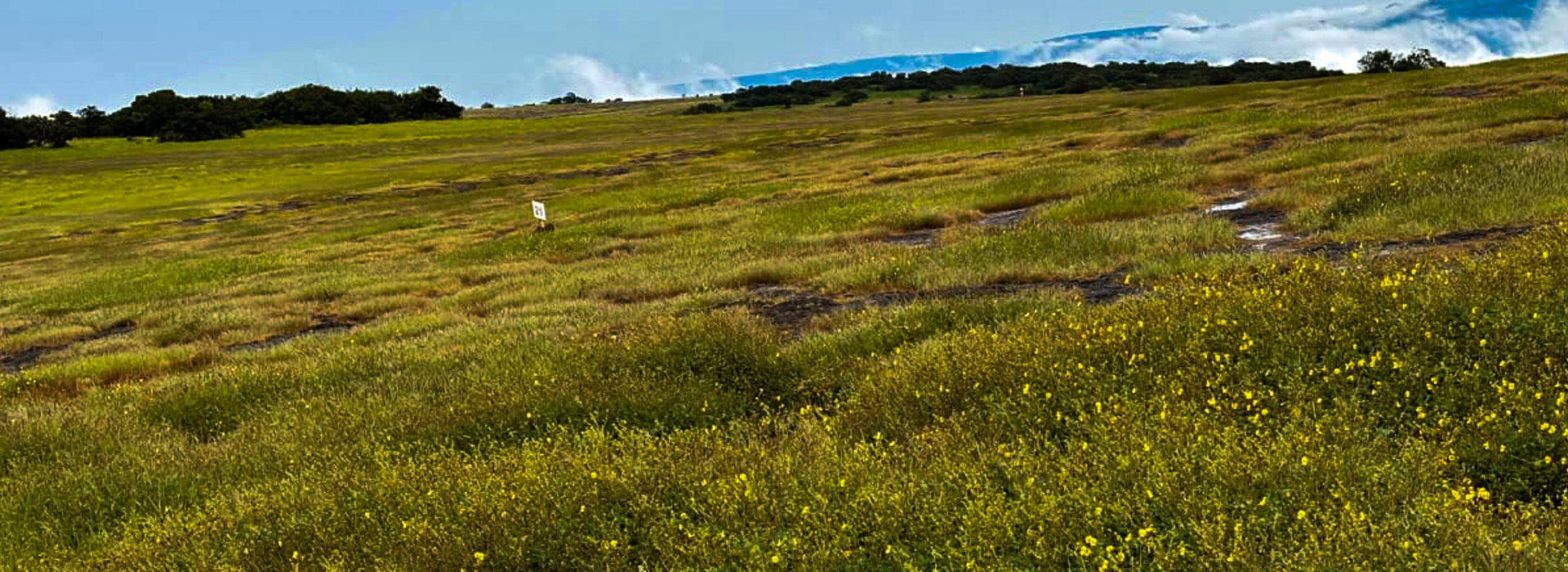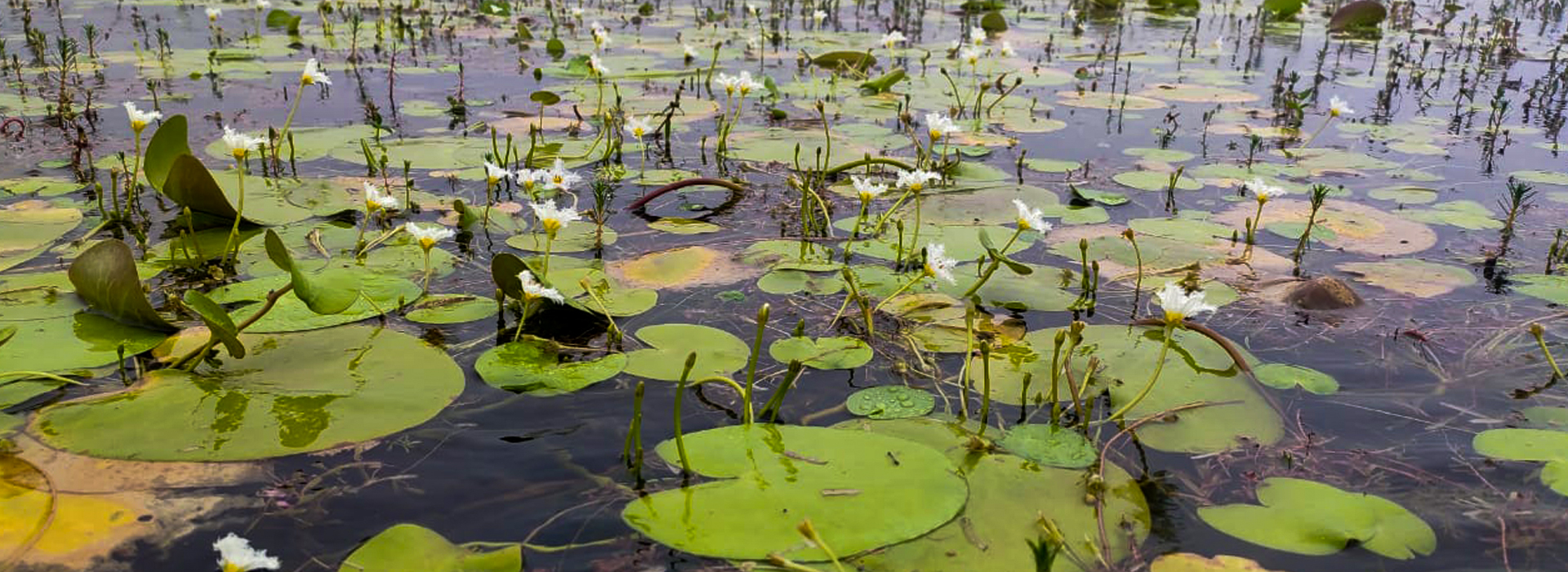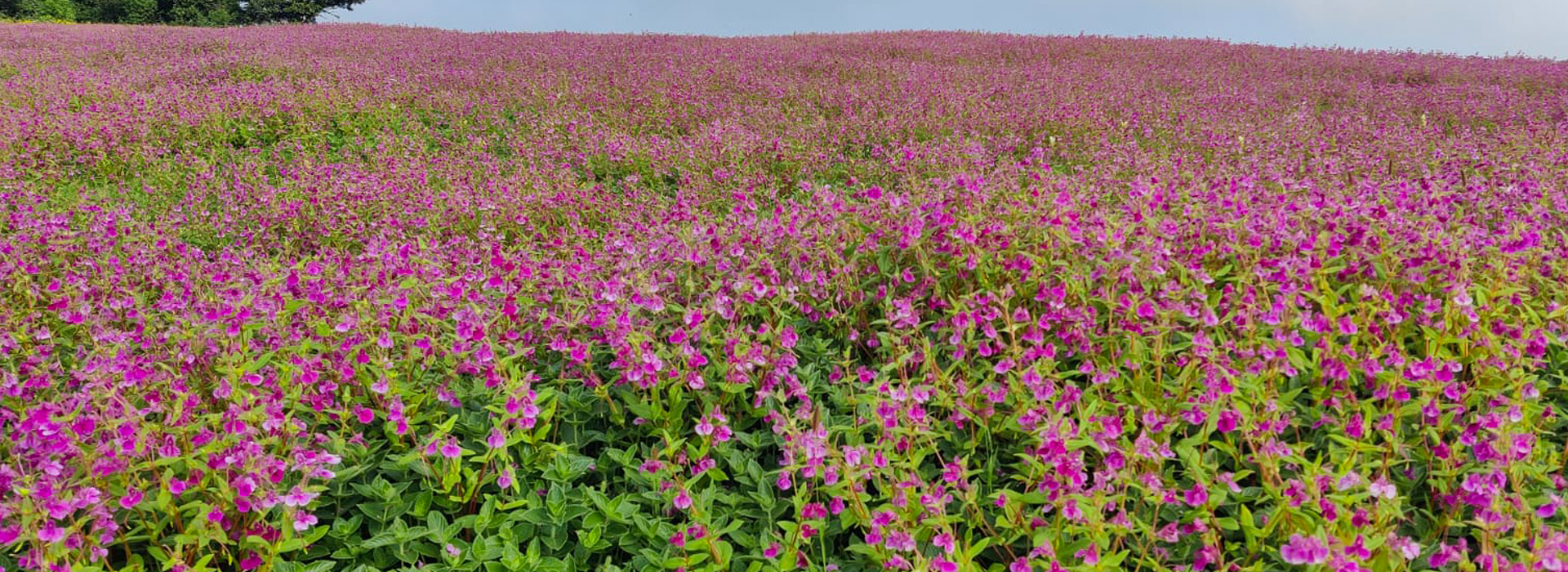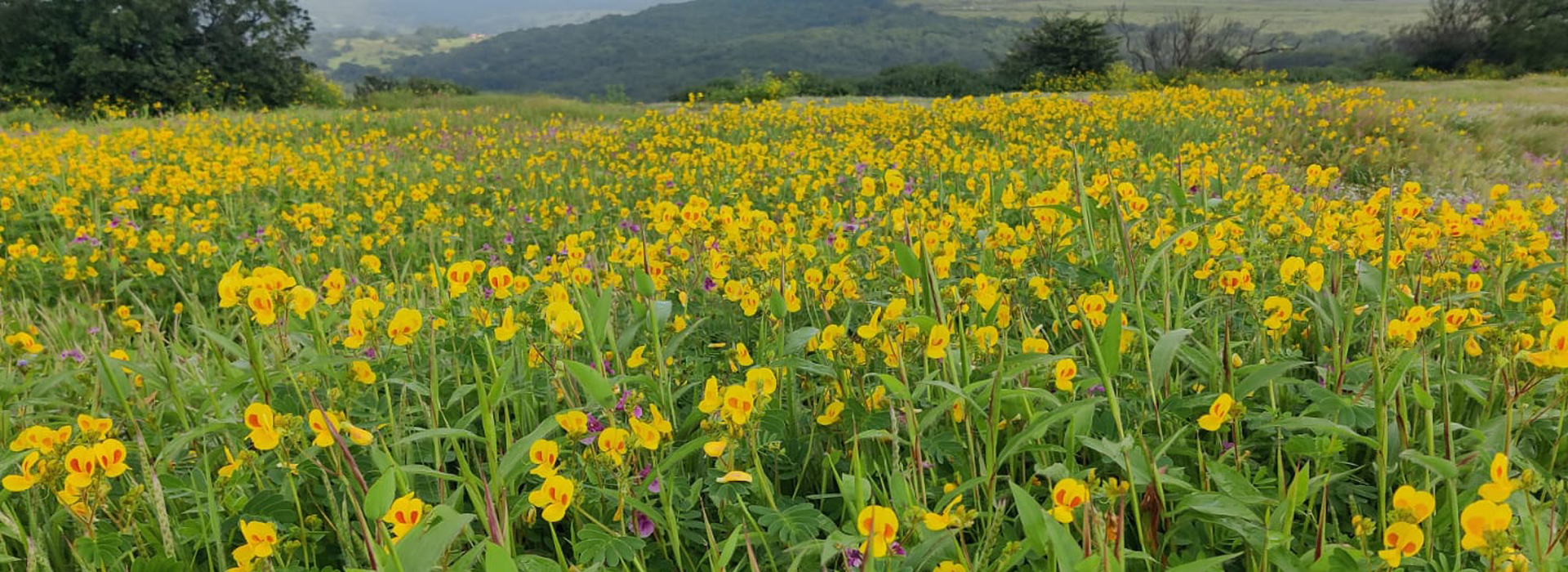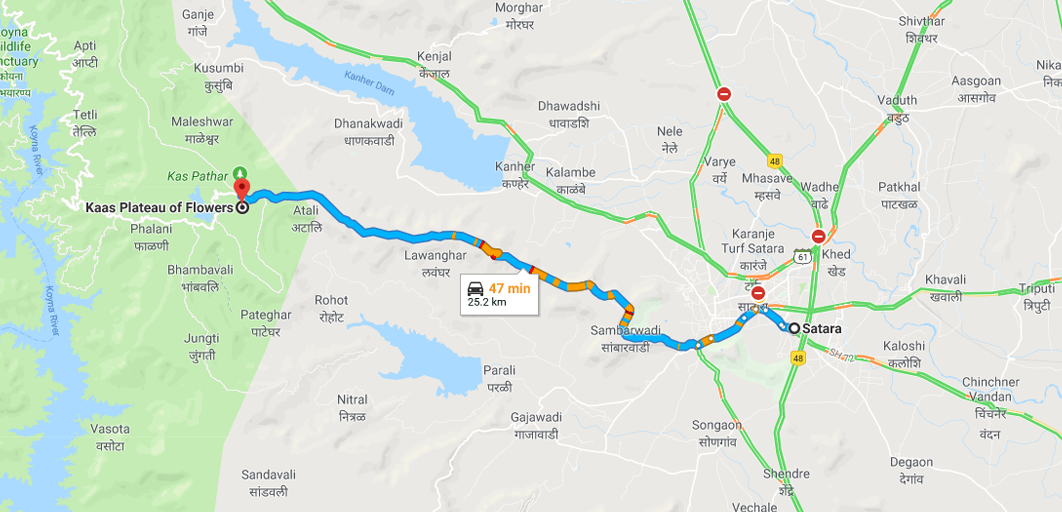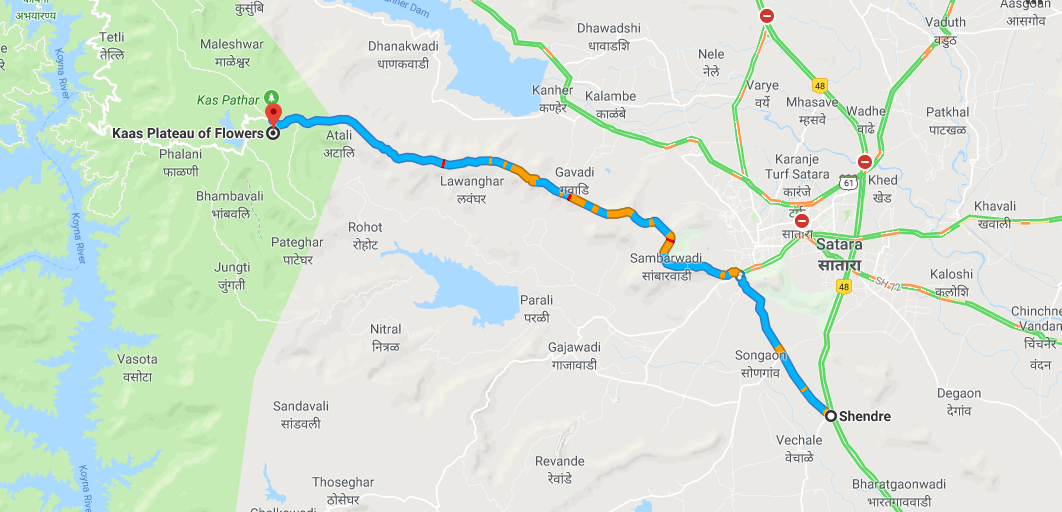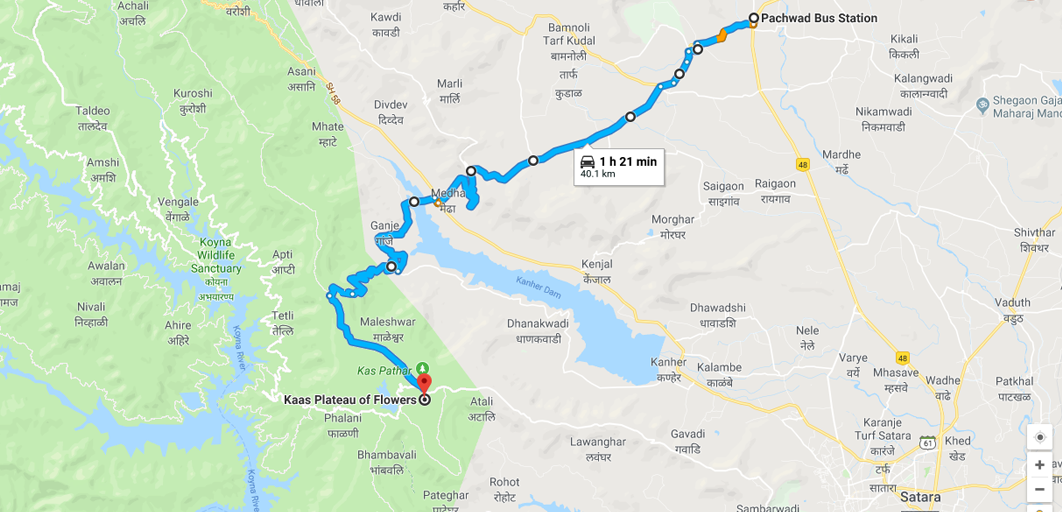Please note that the blooming season of flowers at Kaas Plateau has ended.
कास पठारावर आता फुलांचा हंगाम संपला आहे, कृपया याची नोंद घ्यावी.
Nature of Flora
Per day visitor’s allocation (Total 3000 visitors per day)
7.00 am to 11.00 am - 1000 visitors
11.00 am to 3.00 pm - 1000 visitors
3.00 pm to 6.00 pm - 1000 visitors (For this slot, reporting time is 3.00 pm to 4.00 pm compulsory)
How to reach
Kas Via Satara - Click Here
Kas Via Shendre - Click Here
Kas Via Pachawad-Kudal Click Here
Contact Person
Somnath Jadhav: 9422592035
Dattatray S. Kirdat: 8698993553
Dnyaneshwar Akhade: 8600523113
Vitthal Kadam: 8459876484
Ramchandra Umbarkar: 9422608996
Pradip Kadam: 8689861851
25 Km away from Satara District H.Q. & 20 Km away from Northern part of Koyana Sanctuary. Locally called as 'Kas Pathar' or 'Plateau of Flowers'.The major portion of the plateau is Reserve Forest. Kas plateau is listed under the Protection Working Circle. Kas lake (built 100 years ago) is a perennial source of Water supply for western part of Satara city by gravity.It is a glory of satara forest division.
Elements of outstanding Universal Values are found on this Plateau, making it rich into Biodiversity. Many species which are still new to the Botanical Science are observed on plateau. Many of the endemic, endangered plants are found on Plateau. More than 850 species of flowering plants are reported.
Out of the 624 flowering species. 39 species are found in the Kas Region only.It is approximately 6% of Red data species. It has become very urgent to take effective measures to protect this whole area in order to conserve the diverse, rare and endangered flora of the Kas plateau. Plateau seems to change the colours after every 15- 20 days as the cycle of flowering plants progresses with the monsoon progress from June to October.
© Copyright 2023, kas.ind.in
